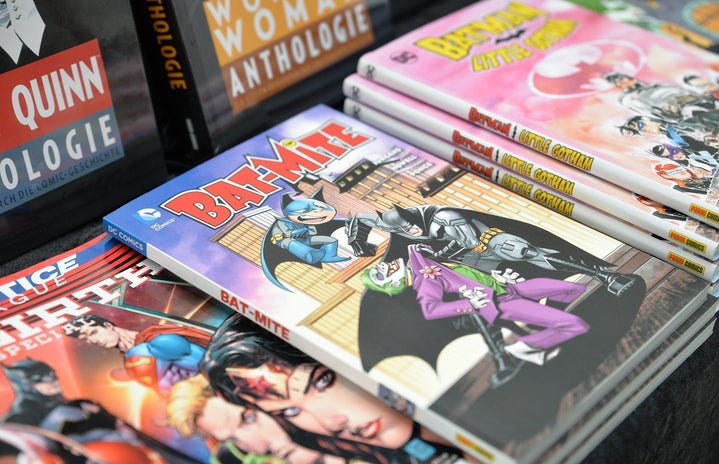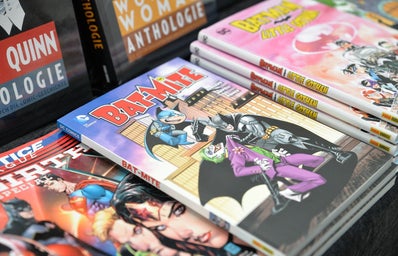The story of the American comic book is a real rags to riches immigrant story played out by thousands of people across several decades. Jeremy Dauber, a professor of Jewish Literature and American Studies, could not be more qualified to tell it. His one-volume American Comics: A History chronicles the rise of comics from tiny independent newspaper strips to superhero films topping the box office yearly, as well as the cultural struggles that came along the way. It is a love letter to the artists and art that contributed to this American cultural giant and the unique contributions each made to the medium.
One of the highest merits of American Comics is its ability to look back on a cultural history through the lens of modern intersectionality and representation. Dauber does not hold back on holding creators responsible just because racism and misogyny were more prevalent decades ago. Writers and artists, regardless of fame or influence, are called out for harmful use of stereotypes even in highly regarded works. It doesn’t focus solely on mainstream white male superhero comics, and spends a lot of time highlighting a wide spectrum of creators and titles including smaller independent publishers.
American Comics does a great job of staying away from something that has become a cultural issue since the Marvel Studios movies became massive hits, and that is Stan Lee worship. Many, especially younger people, know Stan Lee as the creator of several Marvel superheroes; a very nice goofy old man who had cameos in every Marvel movie until his death, and a progressive author because of a lot of his public statements and the X-Men series. Dauber does not outright insult or diminish Stan’s accomplishments, but certainly doesn’t pull any punches of the most legitimate criticisms of Stan as a young creator. His credit (especially financially) as the sole creator of multiple hugely popular superheroes often came at the expense of artist Jack Kirby, who spent decades in legal battles trying to get compensation for his creations as well as ownership of his own art back, not to mention public synonymity with characters they both introduced. Additionally, it recognizes that although there were elements to Stan’s characters that were considered progressive at the time, he also included heavy sexism toward the women in his worlds as well as harmful caricatures of Asian people as villains.
No matter how much the reader may know (or think they know) about comic books, there is much to learn from Dauber’s extensive research and readership experience. Any reader will gain a very broad knowledge of comic book titles and creators, as well as the evolution of the medium. More importantly, they will leave with the urge to go read some of the titles they found interesting. On account of the depth of research, focus on ethics, and engaging writing style, Dauber’s history earns an easy 9/10 rating.


